14
2015REPORTAJE JDM 003: ¿Como aparcar tu coche en Japón? Parte 3
La última parte de este gran reportaje, mucho y siempre JDM.
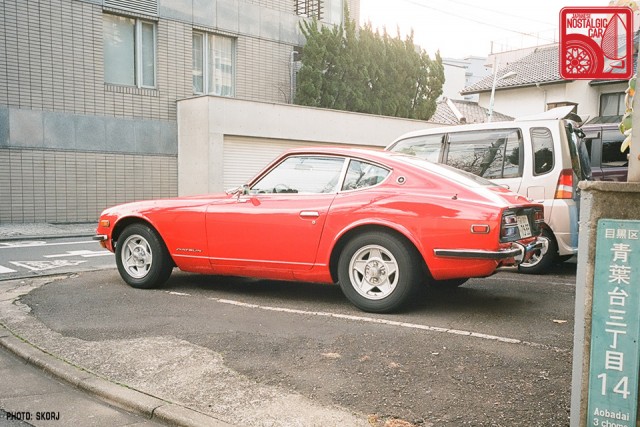
Welcome to the final installment in our multi-part treatise on short-term automobile storage in Japanese society. In Part 01 of the investigation we studied what was within and without the bounds of the law, as well as the ubiquitous steel-bar-rising-up-out-of-the-ground parking lots. In Part 02 of the dissertation we considered the boom-gate lot and the car elevator building. Here are the final three practices by which you can leave your vehicle unattended.
4. Parking Meters
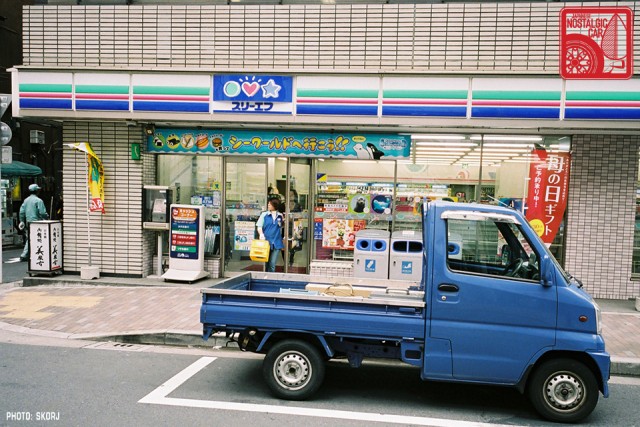
The “Pay As You Go” parking meter option is pretty boring, easy, and does not lend itself to humorous writing. Essentially, just a series of smart parking meters and printed ticket dispensers. With nice convenient rectangles marked on the pavement — like occupied by this blue kei truck — there’s no need to even guess where you can and cannot park.

While the police sometimes use the marking the tires with chalk technique to check if someone has continually parked in the one space, rolling forward a few centimeters won’t help. The standalone smart-meters’ position sensors reset only when the car has completely moved from the space.
If you are really lucky, some of the Pay As You Go locations are free on weekends and public holidays. Some though, become No Parking zones after hours, and you can be fined regardless of having a receipt or not.




Pay As You Go meters even apply to bicycles. Here, the green Pay and Display ticket in a Chiyoda-ku location sits next to an equally complicated bicycle parking system. The blue payment machine is making a valiant effort to explain how simple the process really is, and with the buildup to Tokyo’s 2020 Olympics everyone is making a huge effort to provide English and support for foreigners. Based on Chiyoda-ku’s “Description for Foreigners” QR coding work here, everything is obviously going to go smoothly for all the athletes that decide to bring their bicycles with them.
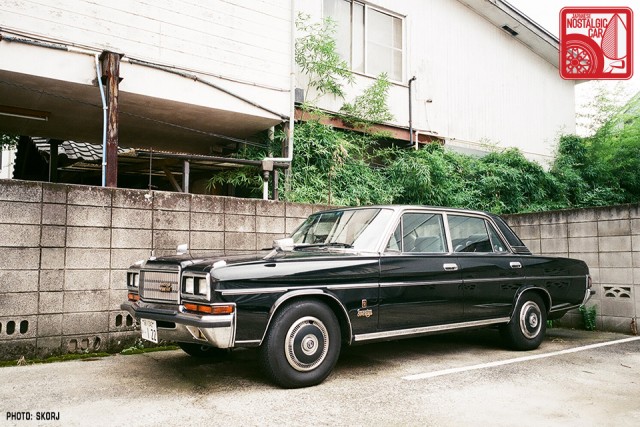
5. Private Monthly Parking
If you’re lucky, someone might have an un-used car park or a block of land near where you live — remember, to register a car you need to prove you have parking within a 2 kilometer radius of your home, unless it is a kei — and is willing to rent spaces on a per-month basis. Typically in and around Tokyo, they are 20,000 to 40,000円 ($165-300) a month. Some Tokyoites have private monthly parking near their home (for an extra car, as most homes only include one spot), at their work (as I do), or near their mother (because she’s paying for it so you can visit when she needs a lightbulb changed).
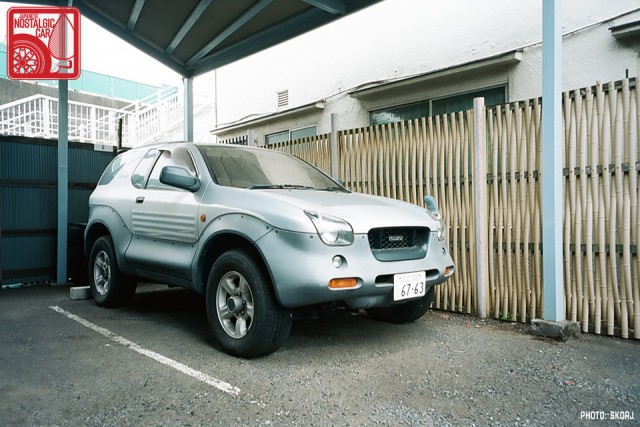
Unlike similar situations outside of Japan, the license plate number or perhaps car park number are not generally displayed. So, private car parks are generally not numbered. Therefore, if you are circling a residential area and see a lot with parking lines but no numbers, that’s not an invitation to drive on in.

Note, too, please, that parking in someone else’s private monthly car park is considered the ultimate height of rudeness. In doing so, you might even come back to your car and find a note on your windscreen saying something like, “We are very sorry, please forgive us contacting you in such a rude manner, but this car park is reserved. If it is not too much trouble, could you please try and park somewhere else next time? Sorry to be so impertinent, and please drive safely.” This is only conjecture of course, because in all the history of all of Japan no one has ever parked in someone else’s private monthly car park.

6. Park Like a Yak
This is my all-time favorite. Like these Toyota Century, there is one method that has no concerns about cost, inconvenience, congestion, manners, or ease of access: You just park anywhere you choose, anytime. On the surface this comes close to being free, but like everything in the yazuka world these days, it comes with a number of requirements before you can attempt this common method of parking in Japan.
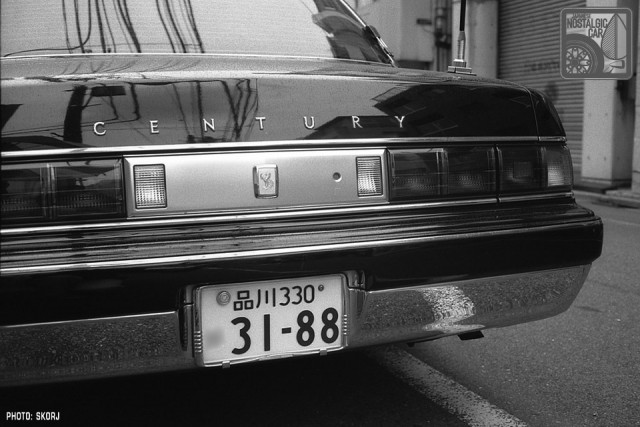
The first clear requirement is that only certain types of car are allowed to park yakuza or even just yakuza-like. Your car has to be big, black (or perhaps gray or dark blue), and it needs fender mirrors (or at least must have the catalog option for ordering fender mirrors). 88-88, a lucky number for much of Asia, on the license plate helps, as does an arrogance to not even look vaguely concerned about inconveniencing others.
I’ve seen a black Century park in a one-way street, the wrong way, holding up a siren-wielding ambulance, and the ambulance reversed back to avoid inconveniencing the Toyota V12’s magnificence.

In some jurisdictions too, continued and regular payment of multiple 10,000円 notes — in a standard Japanese manila envelope — to the local police is also required to secure the continued ability to continue to park like a yak.
Taxi companies, some of which are either yakuza-operated or yakuza-affiliated, function on similar principles. Notably, in very high traffic areas whole lines of just one brand of taxi can and will block off entire intersections as they wait for lucrative business from passengers coming off of the last train of the night.
Normal humans with a full five digits on both hands, however, like the occasional housewife in her Cube, a salesman in his Prius, or a tradesman in his Probox are not allowed to try and park like a yak.
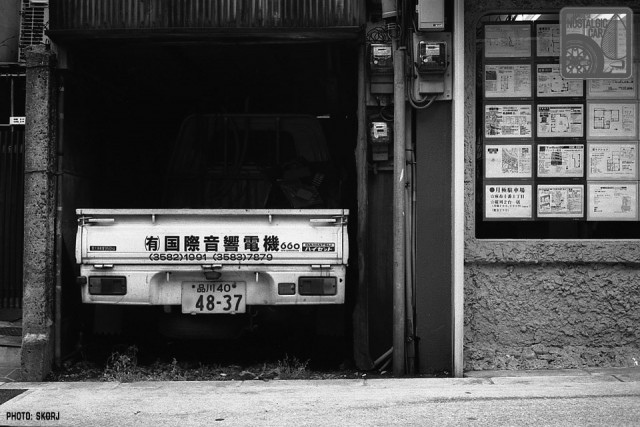
With space at a premium in Tokyo, there are still ways of storing your car when you aren’t driving it. They just tend to cost something, whether it’s money, the risk of a fine, or the gradual erosion of society. Regardless of which option you choose, though, they are all better than taking the easy way out and just leaving your car in a remote barn, never to be driven.

